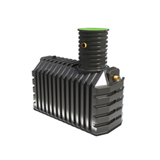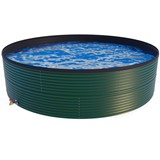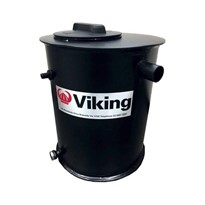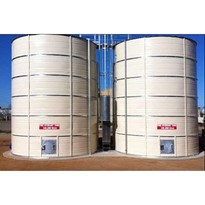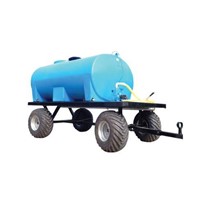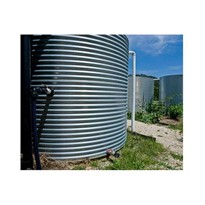Did you know that Australians are one of the largest consumers of water per capita? In fact, some households actually consume an average of 327,000 litres of water per year! And more surprisingly, almost 50% of this water consumption can be attributed to flushing the toilet and watering the lawn.
While 2021 has seen a significant amount of rainfall, it is still not enough to make up for a run of dry years. And the subtropical climate of Brisbane provides its residents with the perfect opportunity to install water tanks at their properties to collect water in rainy months to use in drier months, especially when water-saving rules come into effect.
If you’ve been thinking of installing a water tank in your Brisbane property, here are a few tips to help you select the best for your needs:
Water Usage
How do you want to use the water in your tank? If you wish to use it only for non-human consumption purposes, such as washing a car, watering plants and your garden and to use in the toilet and to do in the laundry, both the amount of storage and the type of water tank you choose will change. Another factor that plays into selecting your water tank is the number of people living on the property and the amount of water you will require for day to day use.
Size
How big is your property? How much water do you use yearly to do tasks such as wash your car, water your plants, or flush your toilet and do your laundry? At a minimum, your water tank should be able to hold at least 4 weeks worth of water. If you live in a smaller property but still want to make maximum use of the space you have, our underground tanks might be best for you. Not only do they keep water cool and fresh all year long, but they also save valuable real estate by going under your driveway or porch.
Material
The best water tanks are those made of high-strength concrete. This is because our concrete tanks are specially designed and engineered to withstand heavy loads and pressure, and are created using a seamless mould, which ensures there are no joints for water to leak out of. It also prevents the growth of algae since they are installed underground. Not only this, but concrete is also an extremely environmentally friendly material which means when the time comes, it can be easily recycled. Finally, concrete is a highly durable material that does not corrode or weaken over time, does not rust, burn or melt, even during bushfires, which means you can enjoy the benefits of your water tank for years to come!
Regulations
Before getting your water tank installed, get in touch with your local council and find out if they have any regulations on the size, material or location of water tanks installed on properties. Some states or council areas may actually require house owners to include a rainwater collection or simple water tank on the property in the floor plan before it is built. Additionally, your council may ask you to submit a complete building and development plan or ask for a breakdown of the particulars of the tank, including location, size, material, colour as well as any noise issues that may occur.
Preparing the Site
Versatile Tanks’ concrete tanks are built to be installed underground, which usually means that the land will have to be prepared for installation prior to the delivery of the tank. Book a crane and order a pump system with a working pressure above 300kPa. Next, order a low slump ballast mix with low density and low slump concrete. To make the base of your tank flat, we will require a laser-levelled space of around 150 ml of compacted road base. Choose a ground area with uniform thickness capable of holding pressure of 100kPa and that’s it! You’re ready to get your tank installed.
The size of your concrete water tank will depend upon the amount of space you have, but you could even install a driveway or garage over your tank to save space. The possibilities are endless!
Installations
Once your site has been adequately prepared, your installation team will slowly lift and lower the tank into the hole, leaving at least 15cm between the wall and tank wall. Then, the unit will be backfilled using a concrete ballast mix after which the original soil goes back in to pack the tank in place.
And there you have it! A worthwhile investment, your Verstalite Tank will last you up to 30 years with minimal maintenance requirements. Couple this with the fact that you now have access to potable water whenever you need it, even when water-saving regulations are in place and you have yourself an investment like no other! Get in touch with us today to learn more about how our water tanks can help your Brisbane property and get a no-obligation quote.


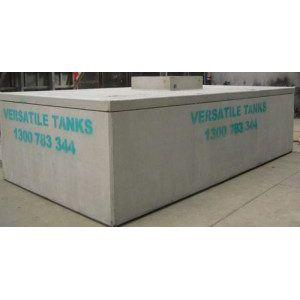


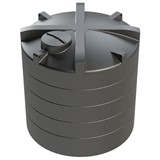
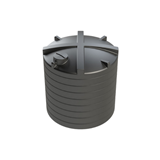
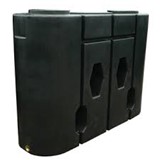
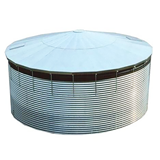
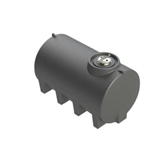
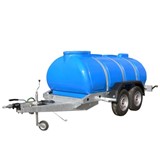
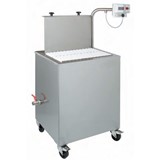
-160x160-state_article-rel-cat.png)

